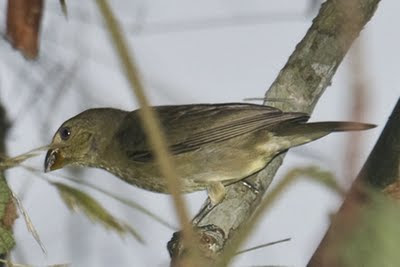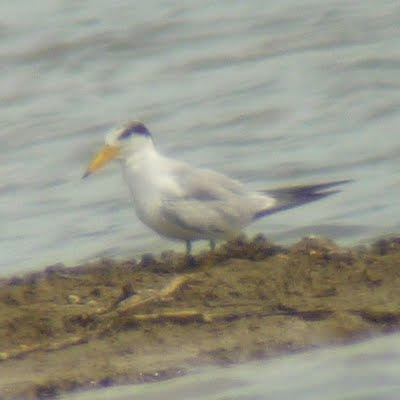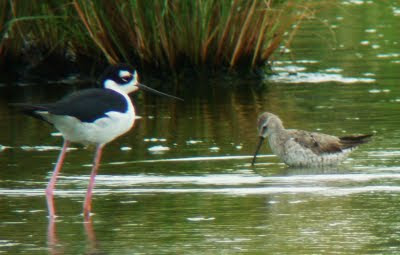
Estimados miembros y amigos de la Sociedad Audubon de Panamá : El Playero Rojo (Red Knot, Calidris canutus ), cuyas poblaciones han disminuido notablemente en los últimos años, es sujeto de estudios por varios científicos de Norte América y Europa. Recientemente recibimos un e-mail que nos pide poner atención en nuestras observaciones de Playeros Rojos en la Bahía de Panamá y otras costas del pacífico. Investigadores de la Universidad Autónoma de Baja California Sur, en la Ciudad de La Paz, con apoyo de Pronatura Noroeste y una empresa local han estado marcando Playeros Rojos desde el 2006 en el único sitio de invernación reportado para México en Guerrero Negro. A la fecha han anillado alrededor de 600 aves, con tasas de re-observación cercanas al 45%. Muchas de las aves anilladas han sido reportadas en el norte, en California, Oregon, Washington y Alaska. Un misterio por resolver es si las mismas aves anilladas llegan hasta Panamá. Aún no se han recibido reportes y esto tal vez se p...


+20090815_0704.jpg)



